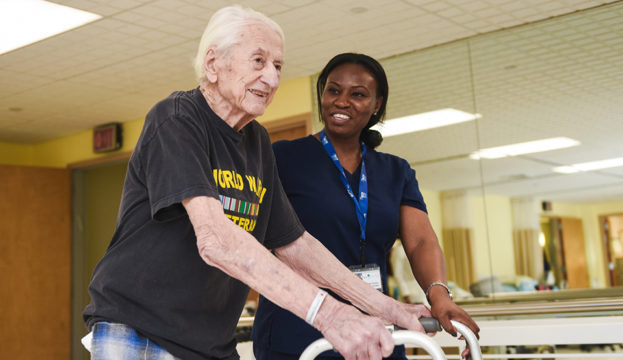Investigating the Effect of Manual Treatment Techniques on Reducing Musculoskeletal Pain and Improving Patient Results
Investigating the Effect of Manual Treatment Techniques on Reducing Musculoskeletal Pain and Improving Patient Results
Blog Article
Hands-on treatment methods are manual approaches used by medical professionals to treat muscle and joint pain. Such methods include various types of adjustment and mobilization of the body’s muscles and joints. The goal of manual therapy is to alleviate pain, enhance movement, and enhance overall performance. Many individuals experience musculoskeletal discomfort due to injuries, suboptimal posture, or conditions like arthritis. By applying manual treatment, therapists aim to address these issues and help clients regain their quality of living.
One common hands-on treatment method is vertebral manipulation. This technique involves applying controlled force to the vertebral column to enhance positioning and reduce pain. Studies has demonstrated that vertebral adjustment can be beneficial in managing lower back pain and neck pain. Another technique is soft connective tissue mobilization, which focuses on relieving tension in the muscles and connective tissues. This can help alleviate rigidity and enhance range of motion, making it simpler for clients to navigate without discomfort. Both techniques can be tailored to meet the specific needs of each patient, ensuring a custom method to care.
In furthermore to discomfort alleviation, hands-on treatment can enhance patient outcomes in various ways. For instance, it can improve circulation, which helps supply oxygen and essential elements to the injured regions of the system. Better circulation can also promote recovery and alleviate swelling. Additionally, hands-on treatment can help patients gain enhanced physical consciousness, which is crucial for preventing future trauma. By comprehending how their physiques move, patients can make better informed choices about their activities and posture, leading to long-term benefits.
The effectiveness of manual treatment is often backed by client responses. Numerous patients report significant improvements in their pain levels and overall function after undergoing care. This favorable reaction can lead to increased motivation for clients to participate in rehabilitative exercise and rehabilitation programs. When clients feel improved, they are more likely to participate in their recovery journey, which can further enhance their outcomes. This cooperative method between the provider and the patient is crucial for achieving lasting outcomes.
In summary, hands-on therapy methods play a critical role in alleviating musculoskeletal pain and enhancing client results. By find out this here using techniques such as spinal manipulation and soft connective tissue manipulation, healthcare professionals can help patients regain movement and alleviate pain. The benefits of hands-on treatment go beyond immediate discomfort alleviation, as it also promotes recovery and motivates patients to take an active role in their recovery. As an increasing number of individuals look for efficient therapies for muscle and joint issues, manual treatment continues to be an important option in the field of medicine.